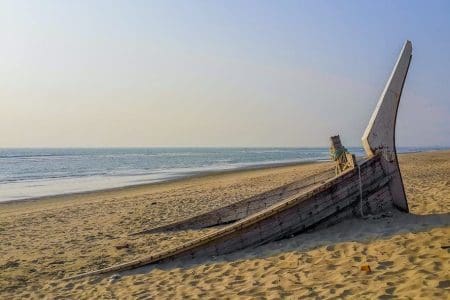Travel Begins at 40 editor Mark Bibby Jackson has a chat with Tim Geisler, CEO of Nautilus Sailing on how to learn to sail around the world.
Born in Morocco, educated in Spain, California and Costa Rica, by the age of 25 Tim Geisler had visited more than 60 countries. After teaching in Los Angeles, and falling in love with sailing, he decided with his wife to set up Nautilus Sailing to help people learn how to sail a boat and live aboard, while enjoying a huge amount of fun in the process.
Why would someone wish to join one of your courses?
The adventure travel industry has exploded in the last decade as people forsake traditional resort stays for more unique and exciting holidays. Sailing is undergoing a fantastic identity change, as more and more people buy sailboats and set off to explore the world. In the last decade we have seen the popularity of sailing video blogs on YouTube explode in popularity – channels like Sailing La Vagabonde, Gone with the Wynns, SV Delos and Sailing Zatara. This has been great for the sailing industry as people become more aware of what an incredible platform for exploration and adventure a sailboat can be.
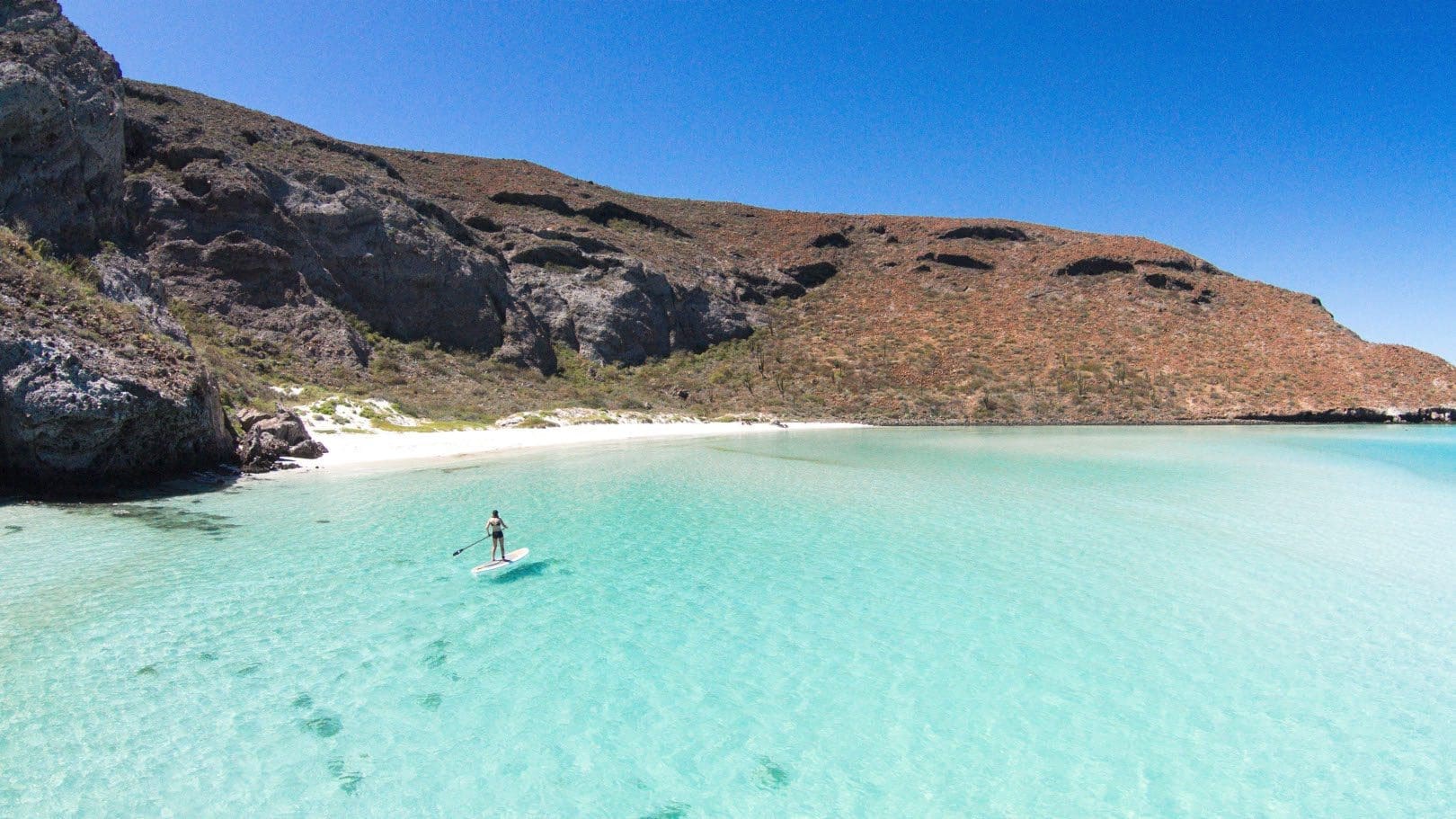
Who signs up for your courses on how to learn to sail?
We have two types of folks that join us for our sailing courses. People that dream of buying a boat and sailing around the world on their own and want to learn the basics, get a solid foundation and test the waters. People that want to charter or rent yachts for vacations internationally. After one of our-week long courses, folks have the basic skills, experience and formal sailing certifications through the American Sailing Association to charter sailboats (in the 35 to 50 foot range) in over 60 countries worldwide.
What do the courses involve?
There are two primary types of sailboats, monohulls and catamarans. Catamarans are much larger and have exploded in popularity in the last five years. We offer courses to learn to sail on monohulls or catamarans, depending on the type of vessel people want to sail. About 90% of our students now want to learn to sail a catamaran.
We specialise in week-long live aboard sailing courses. These courses are intense in that we are covering four textbooks worth of knowledge and checking each student off on over 100 practical skills, in order to meet the requirements for formal certification. We do all this while sailing and exploring picture perfect islands. Usually we are busy sailing and learning new skills from morning till mid-afternoon, and then we have a blast playing in a stunning cruising destination, whether that means snorkelling a pristine reef, wandering a white sand beach, paddle boarding a lagoon, or just relaxing with a rum punch at a little beach bar.
Upon successful completion of the week, students earn four levels of American Sailing Association certifications, culminating in Catamaran Cruising Certification, which allows students to charter sailboats internationally. The ASA is one of the largest sailing certification organizations in the world, and is recognised globally, so we do get students from around the world that enrol in our courses.
Where are the courses held, and how can people enrol?
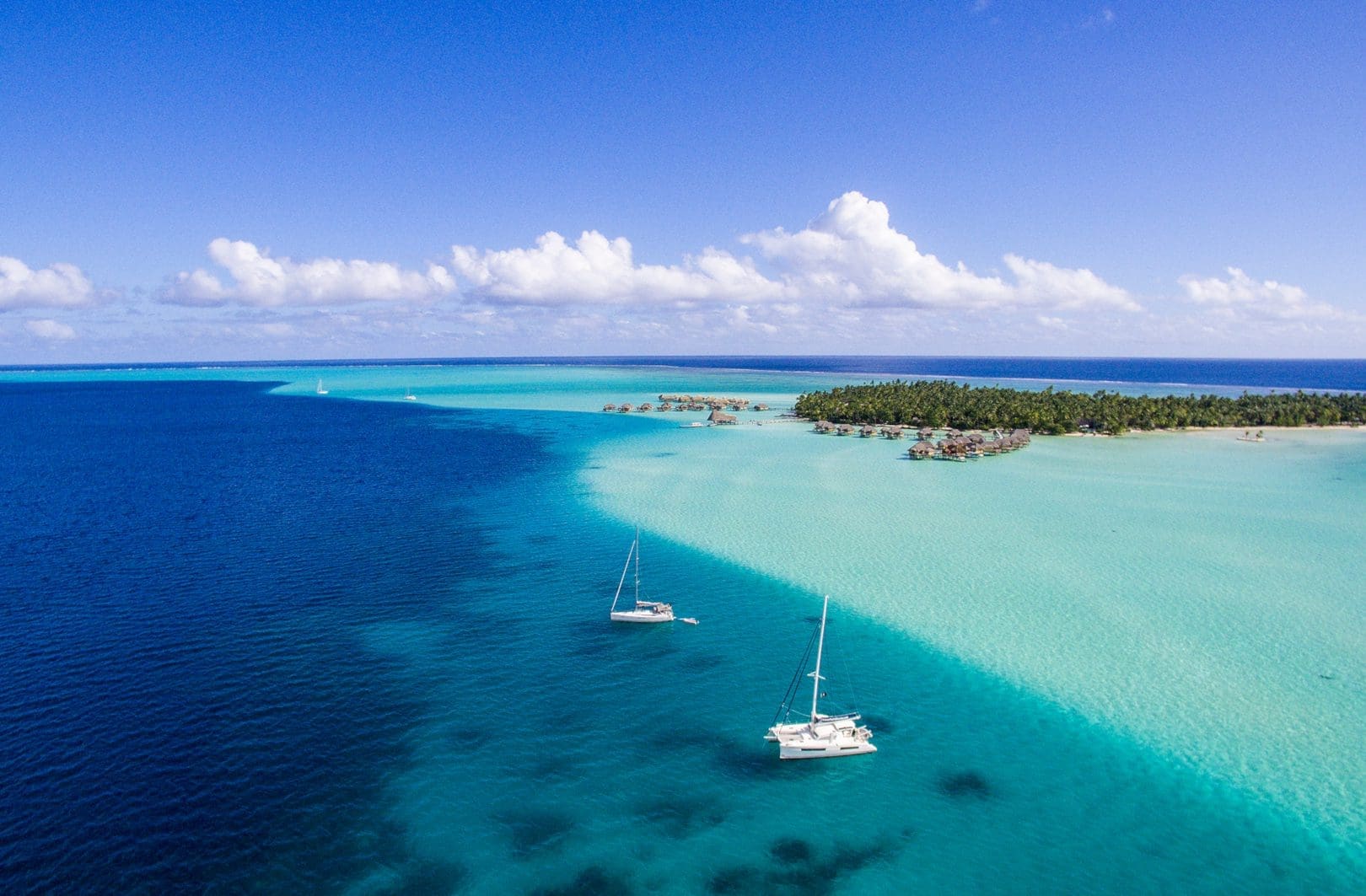
We offer courses in five primary locations: The Sea of Cortez (Mexico), Exumas (Bahamas), Grenada (Caribbean), Tahiti and Mallorca (Spain). It’s the same course, curriculum, instructors and similar boats in all locations. We are the official sailing school for Dream Yacht Charters, the largest yacht charter company in the world, with 1,200 boats in 65 countries and can do private courses in any of their worldwide destinations, but most of our courses are run in the above destinations.
To enrol, students need to contact our office and let us know what type of boat they want to learn on, which destinations they are most interested in, and windows of availability. We then can check boat availability, instructor availability and put together some course dates and options.
What do people do afterwards typically?
Most of our students will then do their first charter somewhere in the world after completing a course with us, to reinforce all that they have learned and have their first sailing adventure as captain of their own vessel. Even our students that are planning on buying their own boat, often like to charter to continue building their experience, and get a feel for the different boat designs. Some of our students still want a little supervision and assistance before they venture off on their own, and so we offer 6-8 flotillas each year for alumni.
Discover Mark’s own expeience as he takes the tiller while sailing a wherry boat on the Norfolk Broads.
If somebody was thinking about sailing around the world alone how would you advise them?
Great question! So for most folks that dream of sailing around the world, they need to have the skills and experience to embark on their own. Some folks may already have lots of sailing experience, but we are finding more and more people that want to sail around the world and have no experience. The easiest and quickest way to begin this journey is to do a week-long live aboard course, like the ones we offer. This is a fantastic way to gain the skills, experience and formal sailing certifications that they will need (whether to charter boats to gain more experience or even to be able to purchase insurance for their new vessel).
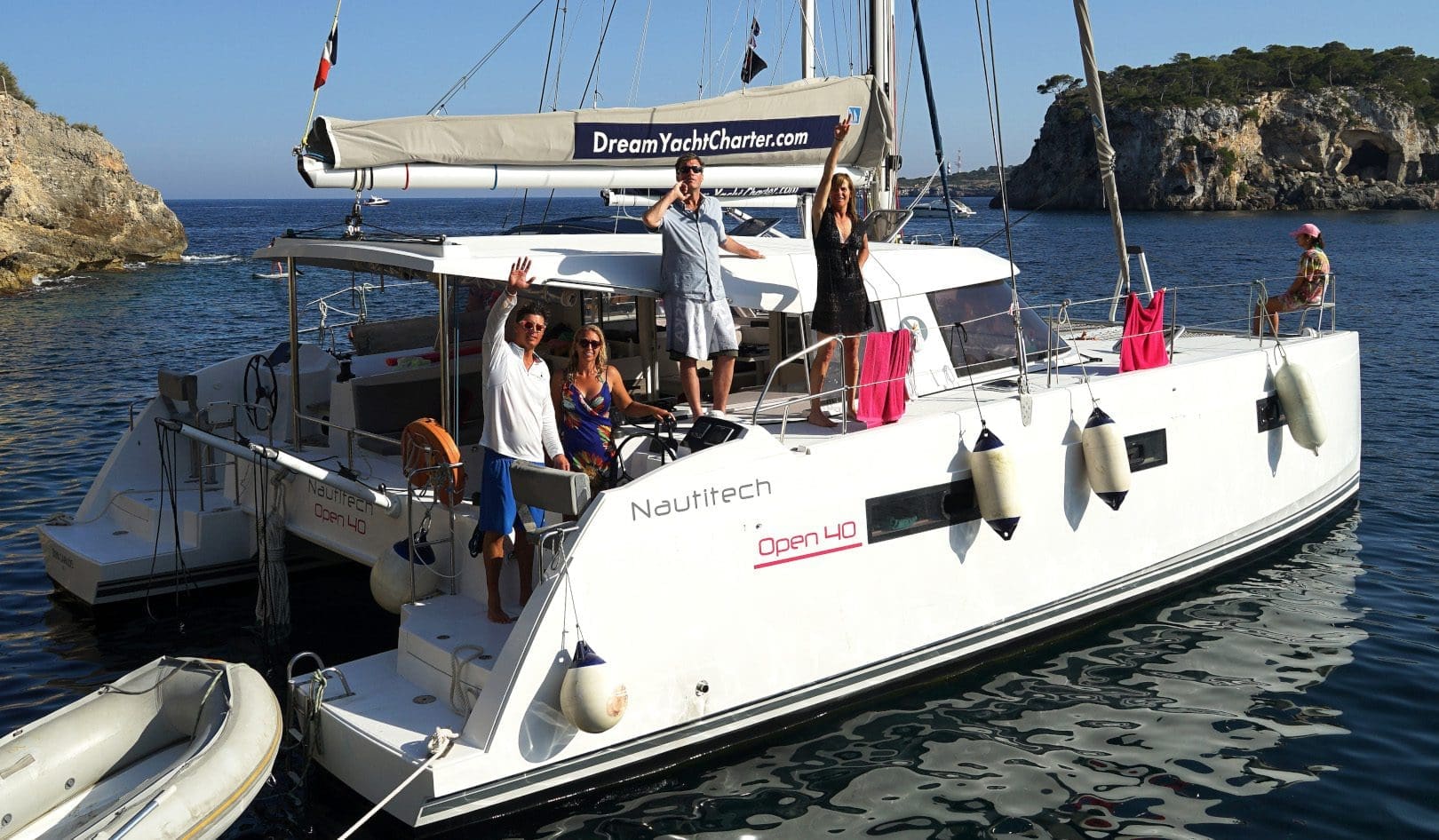
We hear of folks that want to sail around the world that just buy a boat and plan on “figuring things out as they go” instead of doing a formal sailing course, and this can have expensive and serious consequences. We tell folks that our courses are an investment in their sailing journey and they will easily save the cost of our course in potential damage to their boat.
Clearly there are some risks involved in sailing around the world. What advice would you give people on how to sail around the world?
Everything in life has risks, including driving to work or taking a flight, but just as risks in daily life can be mitigated, the same is true in sailing around the world. For most people, sailing around the world can go very smoothly. You occasionally hear of stories of people being caught in terrible storms or accosted by pirates, but these instances are rare and most of the time it’s a case of people being in the wrong place at the wrong time.
We have a saying in sailing, that the most dangerous thing you can have on a boat is a schedule. Weather forecasting these days is amazing and you can even get updated forecasts via satellite from the most remote oceans on the planet. The folks that are getting stuck in terrible storms, are the ones that are trying to stick to a schedule. So our biggest advice for folks thinking about sailing around the world is be flexible and hold your schedule loosely.
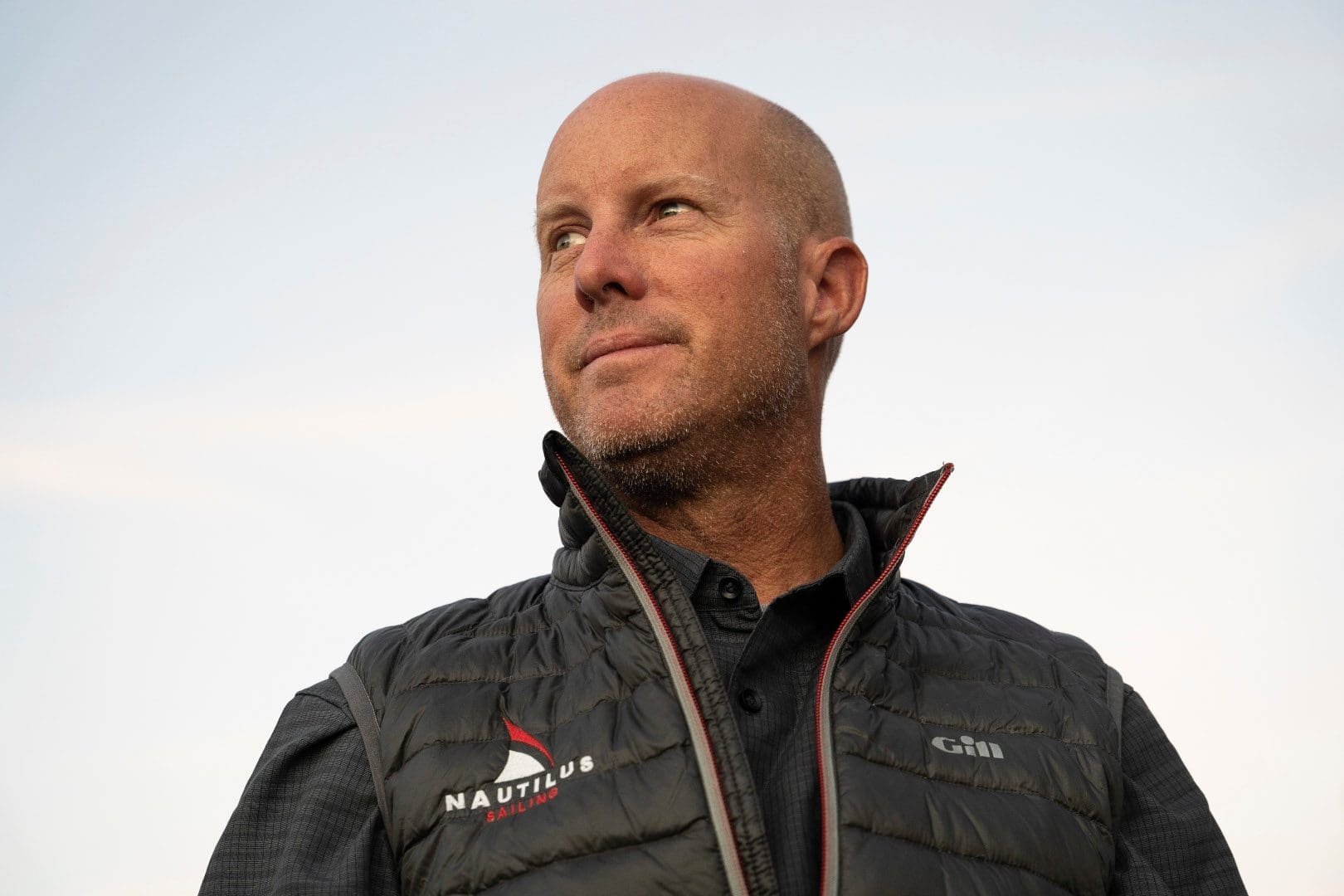
Finally, typically who enrols on one of your courses on how to learn to sail, and how much do they cost?
Most of our students are 35-55 years old, adventurous, well-travelled and have a certain degree of financial freedom either because they own their own business, or have well paid jobs. Our courses, depending on location and season, usually cost around $6,475 per person. This fee includes a private cabin on board, all sailing materials and textbooks, three meals a day on the boat (apart from three evening meals ashore to sample the local food), and formal American Sailing Association certifications.
More information on Nautilus Sailing
If you wish to learn more about Nautilus Sailing’s courses or generally seek advice on how to learn to sail, visit: www.nautilussailing.com


